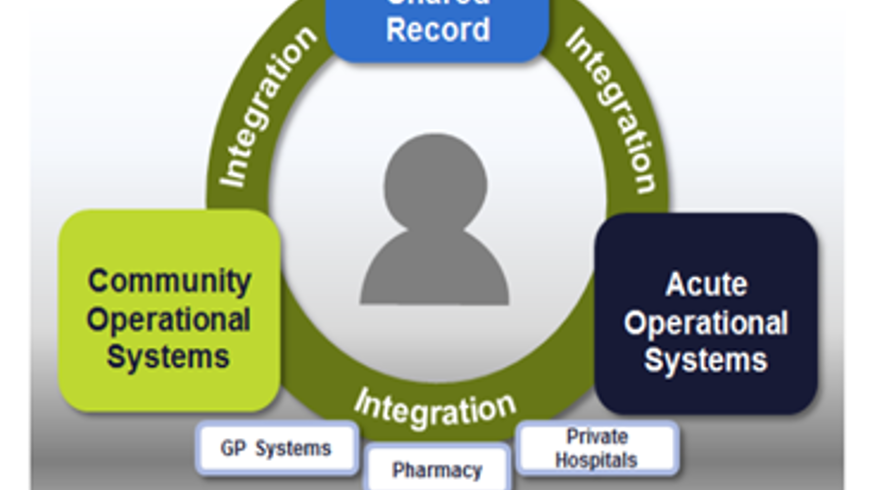
National Shared Care Record - Build 2 Learn
eHealth Standards and Shared Care Records has commenced procurement for a HSE National Shared Care Record. NSCR will aggregate existing digital health information from various sources and present it in a secure and structured way to clinicians, patients, and carers.
It will play a key role in achieving the Sláintecare vision of patient-centred, integrated care by joining up fragmented and siloed digital records.
Initial population of the National Shared Care Record (NSCR) will be from existing digital data available in HSE National Systems and will be aligned to HIQA, EU and International Patient Summary models. Over time the NSCR will be augmented from other data sources, such as GP records once the Health Information Bill is enacted, and expanded with additional categories and details of data beyond the patient summary information, such as lab and screening results and key clinical documents, enabling improved clinical decision-making and self-management of healthcare.
One of the main challenges for the NSCR will be to extract, transform, and structure data from underlying source systems for display to clinicians and patients. Currently the approach to address data challenges is fragmented as several eHealth work streams are running in parallel involving data quality, record linkage, data standardisation, clinical terminologies, interoperability standards, reference data and data structure modelling.
To reduce risk and deepen understanding of these challenges, as well as to develop further insights into potential tooling and standards, the NSCR Project Team embarked on an 8-week collaborative “Build to Learn” (B2L) project with IIS and A2I-HIDs based on open standards using a collection of open-source components within existing controlled secure environments. The exercise was centred on deriving as much insight (to Learn) as possible to advantageously position the NSCR in preparation for a national deployment.
The NSCR B2L project resulted in the successful ingestion of almost 50,000 HealthLink Lab results (no associated demographic information was persisted or surfaced) into a Clinical Data Repository(CDR) and surfacing them for viewing. The project achieved the following:
- CDR and basic Clinical Viewer deployed and configured.
- HSE data mapped to open standard.
- HealthLink data ingested into CDR.
- Development of technical components to measure content quality and thresholds.
From a clinical knowledge management perspective, the B2L team increased insights into creation of OpenEHR Archetypes (Lab Result) and modelling /development of Templates (specification that defines a tree of one or more Archetypes). Using open-source tooling for both the Clinical Data Repository and Viewer components provided useful information in terms of understanding the installation and configuration process.
Across the end-to-end B2L solution, significant insights have been gained in relation to utilisation of event-based architecture, provision of environments, deployment, and configuration of both a Clinical Data Repository and a Clinical Viewer, as well as a deepening understanding of development of Archetypes with supporting mapping activity.
One of the positive aspects of the B2L project was the high level of collaborative working across the eHealth teams involved in the initiative. The intent was not to build a ‘shared record’ but to use the components in an active crossportfolio learning process to surface issues pertinent to the rollout of the NSCR. The insights gained from the B2L project are an important input to inform the Competitive Dialogue of the NCSR procurement currently underway.
If you would like to learn more about the National Shared Care Record or the NCSR B2L project, please contact eHealthStandards.SCRs@hse.ie.
